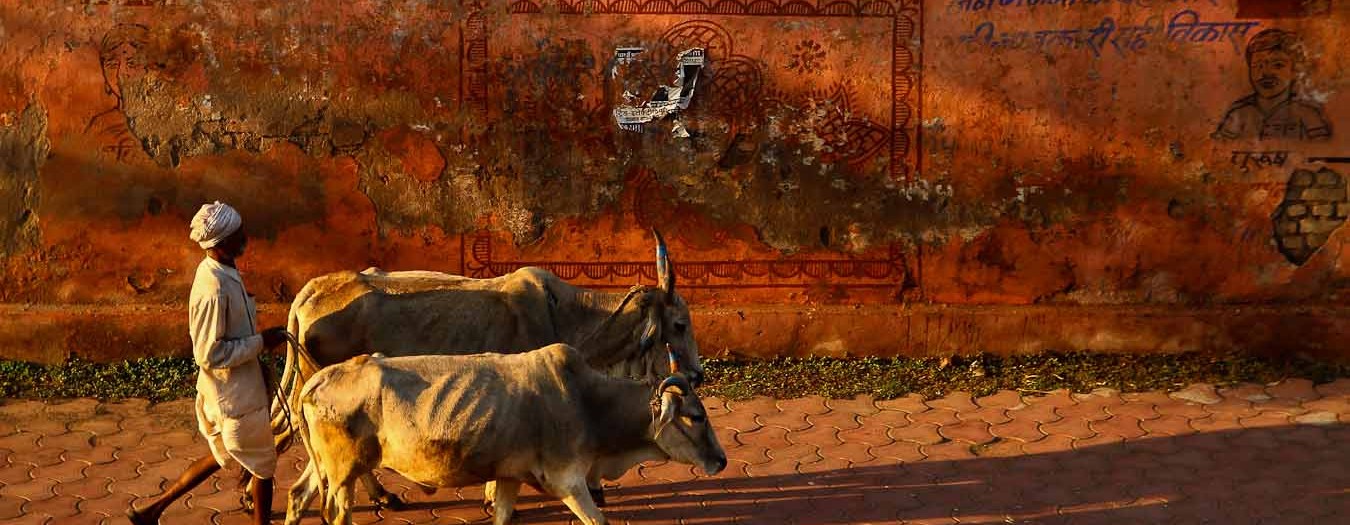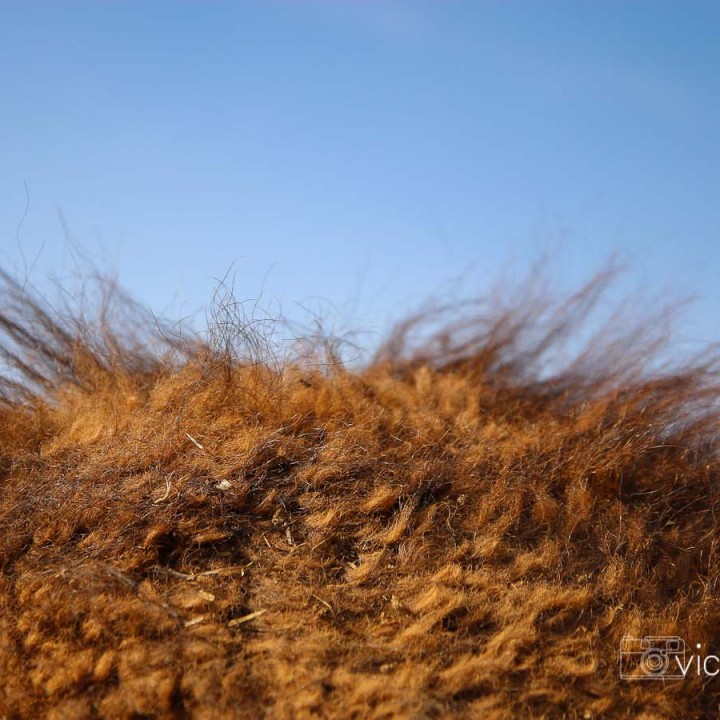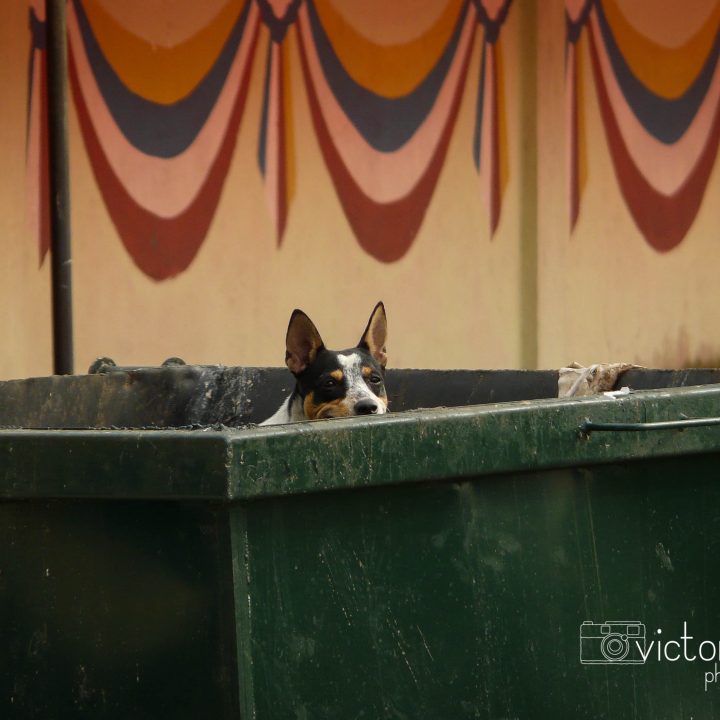Cows in India
Could there be an image more iconic of India than a busy street, filled with yellow rickshaws, hazy skies and amidst all the chaos, a cow wandering down the street against the flow of traffic? A recent NY Times article estimated there are approximately 280 million cows in India. These bovines, specifically the desi cow, are extremely photogenic, with their big kohl rimmed eyes, soft velvety pelt and unusual humps. Some have painted horns. Others have broad foreheads on which a lingering dusting of colour from some recent celebration remain. And all are brimming with character.
One night in Udaipur we were woken by the strangest and loudest noise: like an elk blowing its mating call through a cardboard tube over and over again. A glance out of the window revealed a disgruntled bull lurking on the street. Eventually a bucket of water from a nearby window gave it some encouragement to move on. In the narrow streets of Jaisalmer we found our way blocked by a cow that placidly but stoically refused to move. So I took its photo and re-routed.
Yes, cows in India enjoy what could be, to the visitor, an unusual level of free range life. Some have owners, some are strays, but most cows wander around unrestrained. The revere with which cows are held is well known. We were told of the tradition to make three chapatis in the morning: one for the family, one for the house shrine, and one for a cow. It turns out that street savvy cows, with their indomitable digestive systems, are not picky about food and don’t limit themselves to a plant based diet. Cows will rummage through bins in search of leftovers and they aren’t picky.
Sadly, there is a darker consequence to this free range living. On an environmentally focused tour of the desert of Bikaner, our guide and environmentalist Jitu Solanki, pointed out small mounds of plastic mixed in with the sandy brush. They were everywhere, little pox on a landscape which should have been devoid of human impact. Each mound, he said, was where a cow had decomposed, and the plastic was the remains of their stomach content. Once a cow in the city dies it is collected and brought to such an area where workers – who would formally have been classed as “Untouchables” before this caste was made illegal – deal with the corpse. Here in the desert wild dogs and vultures help with the decomposition process. However Jitu told us that today a cow has on average 20kg of plastic in its stomach; a result of its bin diving exploits, and human exploitation of the fact that cows are a convenient way of disposing of a bag of leftovers, left on a stoop. This plastic, unable to decompose like the rest of the cow, sits in a pile until it is caught by the wind and blows across the landscape, catching in the thorny plants, spreading further and further into the desert and continuing to impact on nature.


















